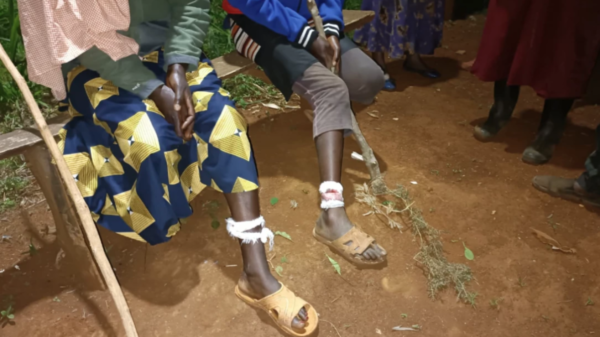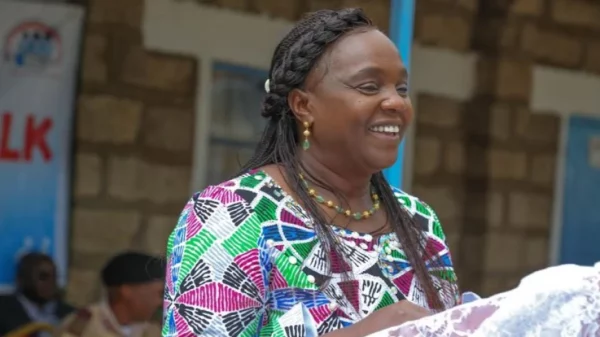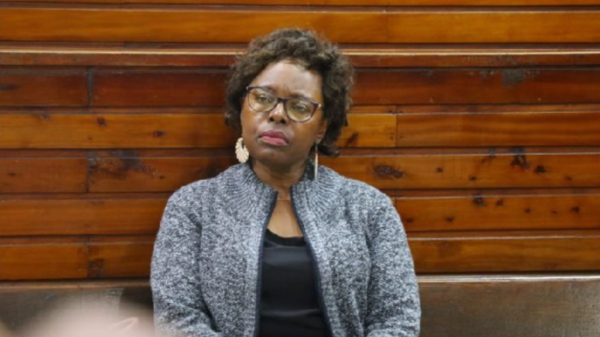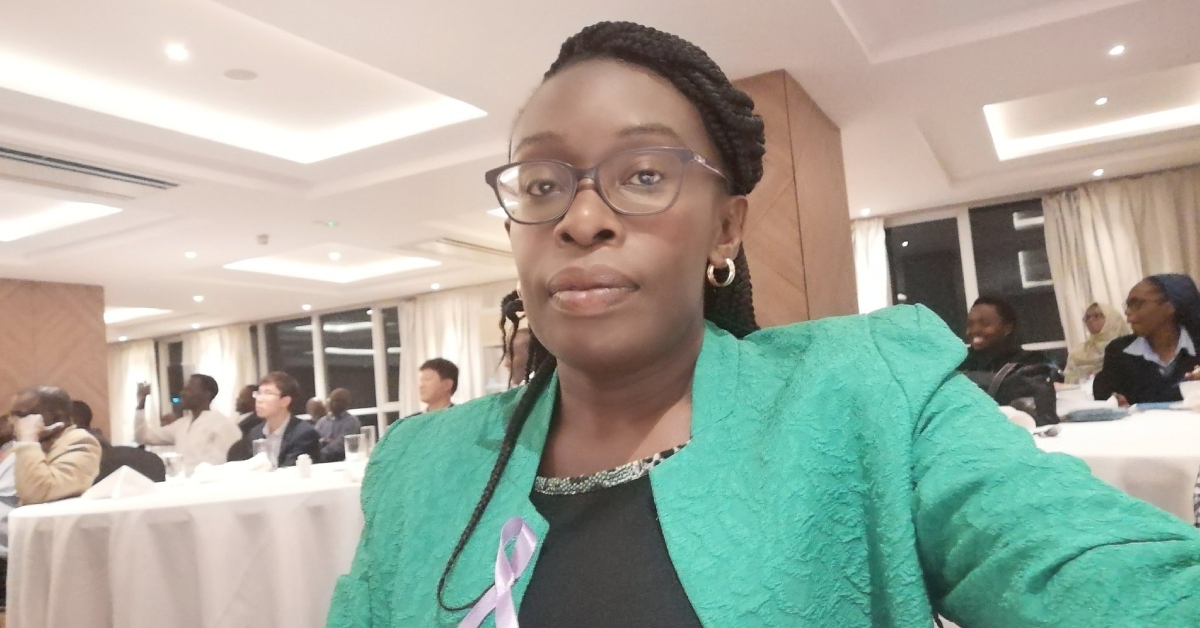- The vaccination initiative rolled out by the ministry of health aimed at reaching 90% of girls in the country
- However it only reached 33%, signaling the much need for the government to scale up its measures in order to draw in more girls
- The Human Papillomavirus (HPV) vaccine, is very effective in curtailing cervical cancer among women hence the call by the ministry to have all young girls vaccinated
Follow us on Facebook and Twitter for real time updates
The Ministry of Health in Kenya has expressed concern following a low vaccination turnout that marred the initiative aimed at reaching out to over 90% girls across the country.
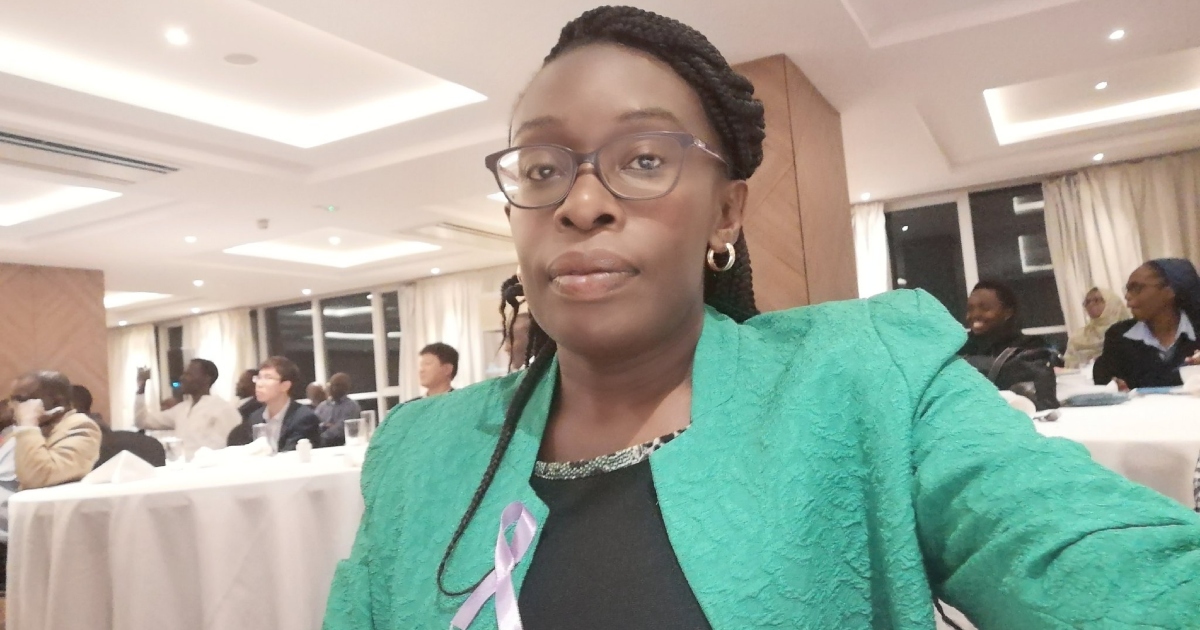
Dr Mary Nyangasi. Photo: Dr Mary Nyangasi/Twitter.
The government has therefore called for more uptake of Human Papillomavirus (HPV) vaccine, as only 61% of girls aged between 10 and 14 years were able to receive the first dose of the vaccine, while only 31% of these girls received the second dose.
The ministry of health, through Dr Mary Nyangasi, Head of National Cancer program, expressed concern that the high number of women who die yearly from cervical cancer, could easily be curtailed if the country was more positive about the vaccine.
She further noted that the vaccine would really come in handy in helping out women from deprived families and even those with low levels of education, as they were the cohort, mostly affected by the disease.
The vaccination program which managed to vaccinate only 33% Kenyan girls in total, hinges mostly on parents and guardians, to instill the much needed pressure on their daughters into taking the vaccine.
Nyangasi was keen to note that while the government had scaled up its measures in reducing the prevalence of cervical cancer in the country, there was already concrete evidence of it as 50% of cases were already diagnosed at an early stage and over 90 patients have been enrolled for treatment.
Embu Governor Cecily Mbarire has also joined the campaign by pledging to be a cancer champion in the Council of Governors, through techniques like calling on all county bosses to concentrate on strategies that will help prevent the disease from spiraling.
“We can begin to ensure we have budget allocations in the 47 counties, do more screening and ensure kits are available at health facilities,” she said.







